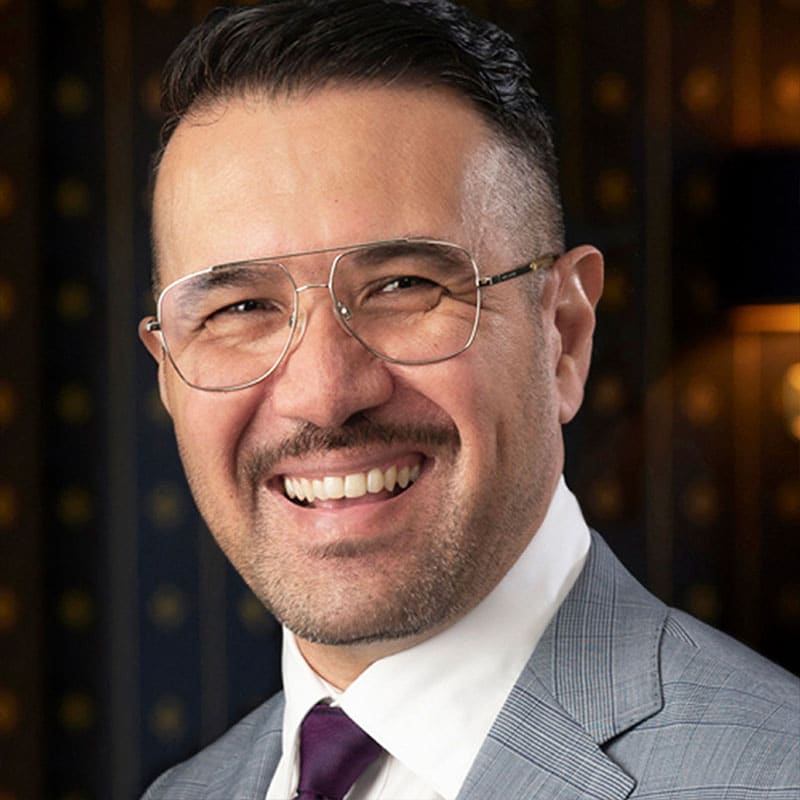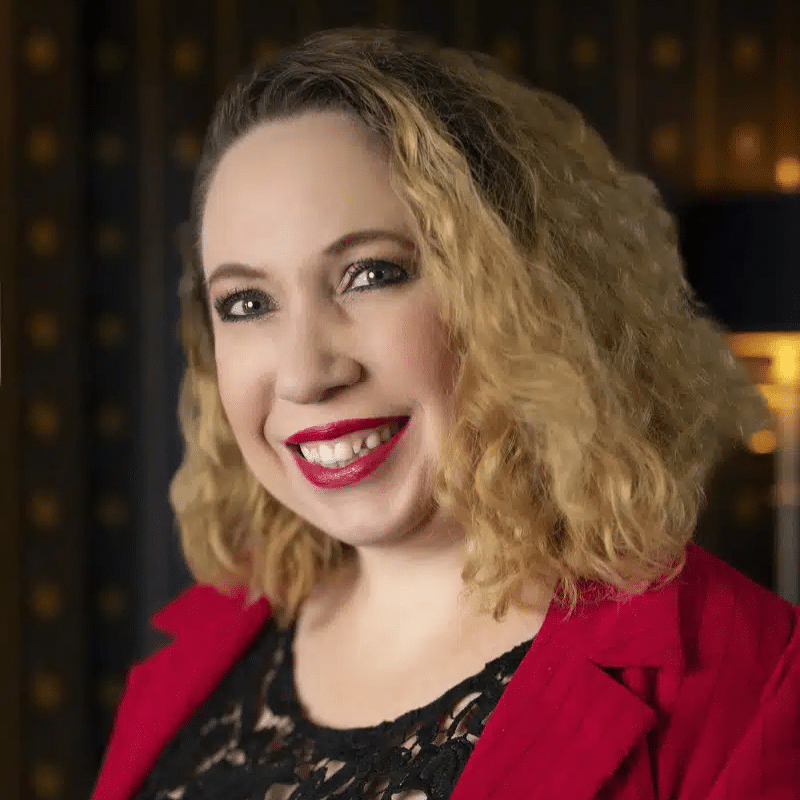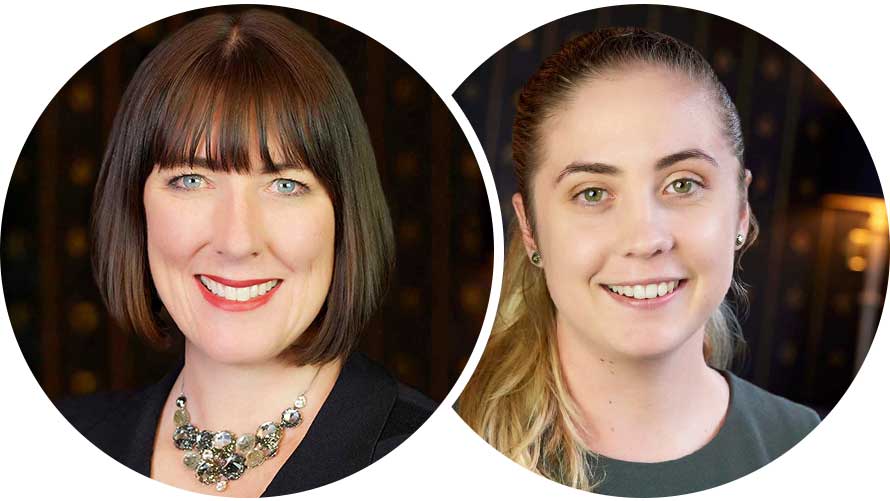Biocon Biologics announced that the FDA issued a Complete Response Letter (CRL) for its BLA for its insulin aspart (biosimilar to Novo Nordisk’s NovoLog®). The letter did not identify any outstanding scientific issues with the product, but references the requirement for a satisfactory resolution of deficiencies from the pre-approval inspection of the Biocon Malaysia facility.
On 20 September 2023, Biocon Biologics’ Yesafili®,biosimilar to Regeneron’s Eylea® (aflibercept), received marketing approval from the European Commission.






